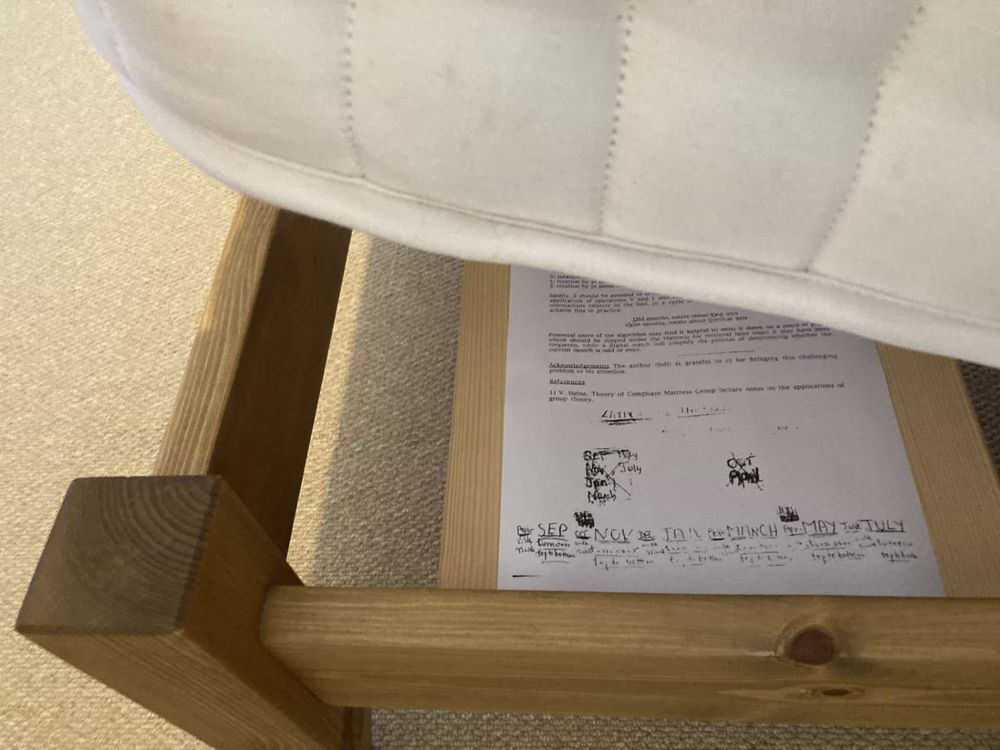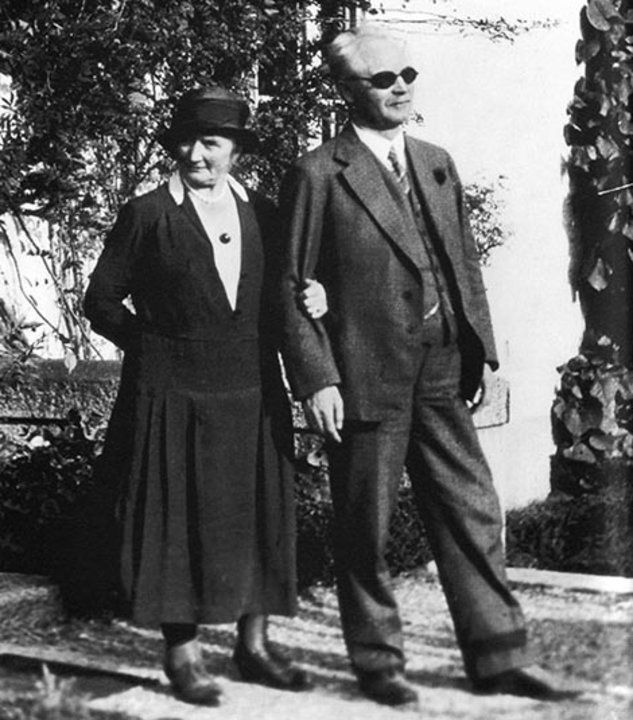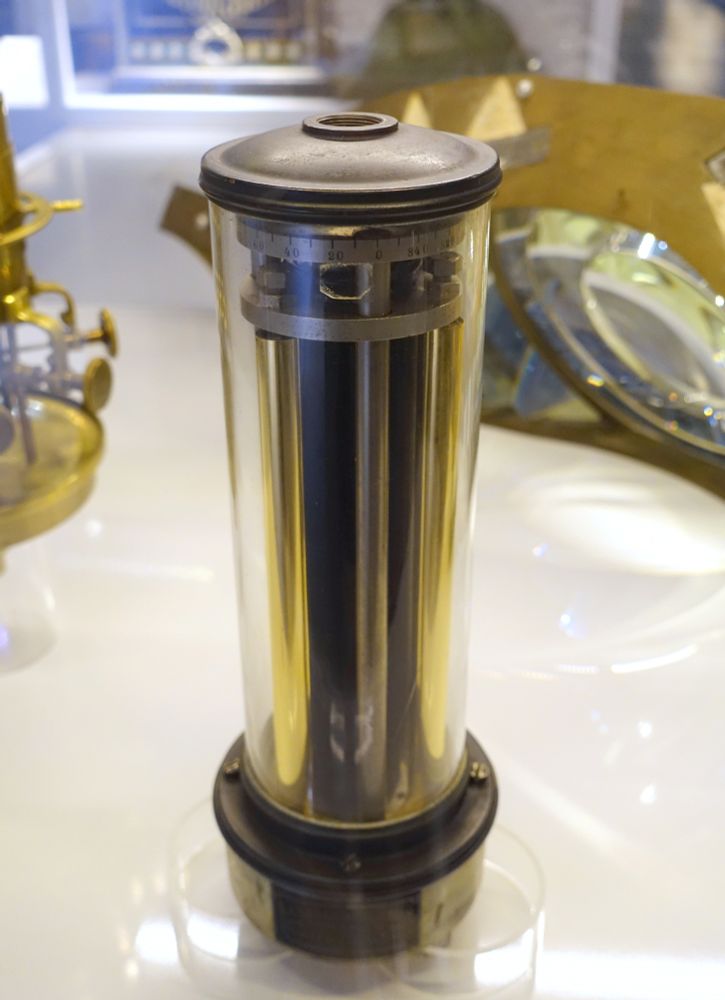Margaret Harris
@drmlharris.bsky.social
3K followers
1.8K following
700 posts
Science journalist at Physics World magazine (@physicsworld.bsky.social). Also available as @[email protected]. All views on science, politics, history, nonsense, etc. my own. DM for Signal contact info.
Posts
Media
Videos
Starter Packs
Reposted by Margaret Harris
Reposted by Margaret Harris

















